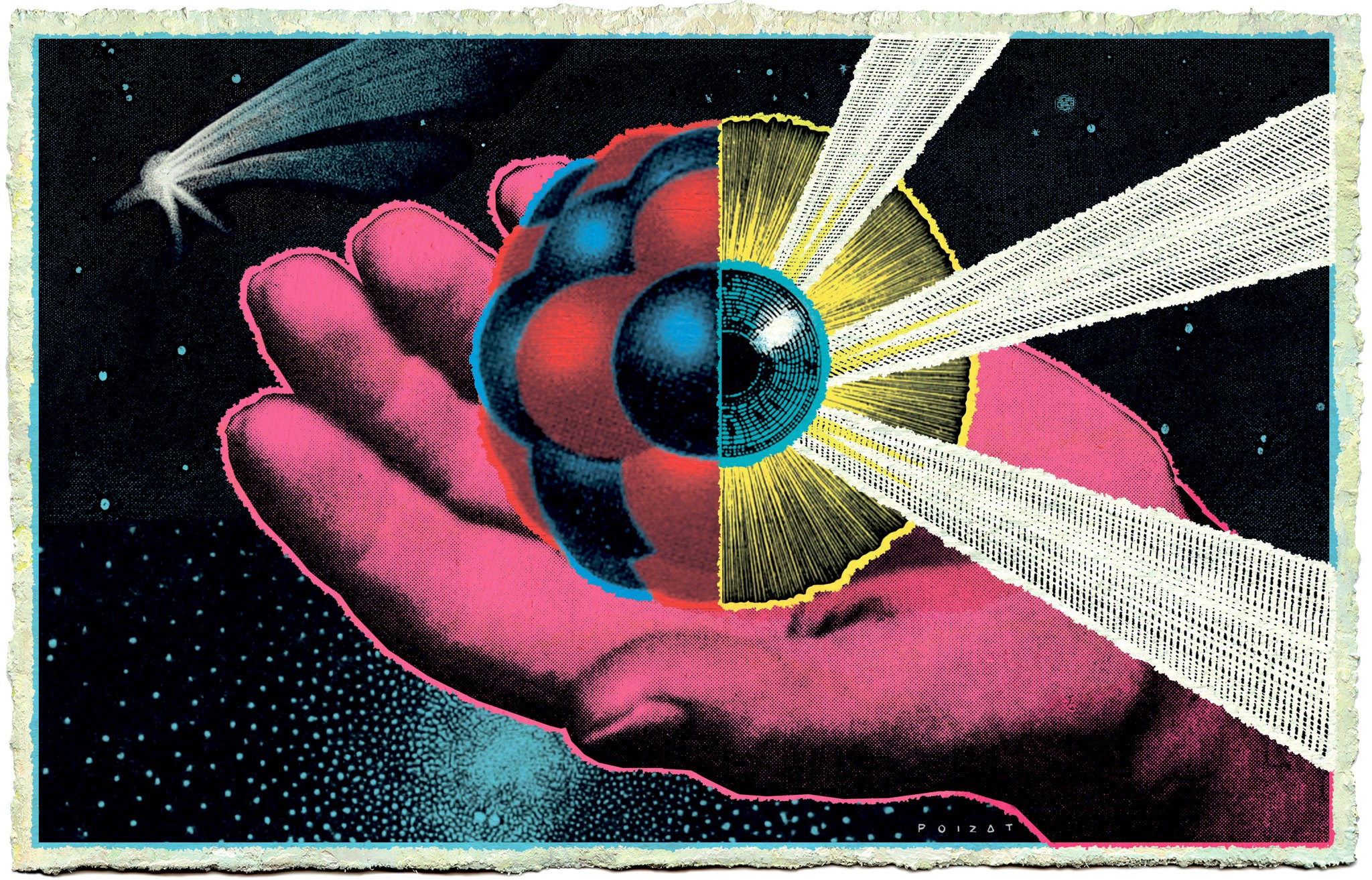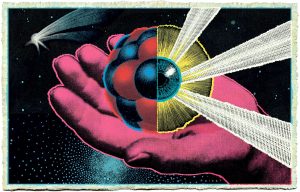Members of A.’.A.’. and many of Ordo Templi Orientis pursue a path of “Scientific Illuminism: The Method of Science, the Aim of Religion.” So the reconciliation of these two areas of endeavor is something most of us are familiar with. The New York Times Book Review, reviewed Alan Lightman’s Searching For Stars On An Island In Maine this Summer, a book that seeks the same sort of harmonization, in this case sought by a respect astrophysicist. One excerpt reads:
“On a clear moonless night in a tiny motorboat on his way to this summer retreat, sensing something special about the moment, he turned off the running lights and engine, lay down on his back to take in the ocean of stars, and let himself go. ‘The boat disappeared. My body disappeared. And I found myself falling into infinity. A feeling came over me I’d not experienced before.’ Mystics and meditators aim for this sense of oneness with the universe, but Lightman’s just happened. ‘I felt an overwhelming connection to the stars, as if I were part of them. And the vast expanse of time — extending from the far distant past long before I was born and then into the far distant future long after I will die — seemed compressed to a dot. I felt connected not only to the stars but to all of nature, and to the entire cosmos. I felt a merging with something far larger than myself, a grand and eternal unity, a hint of something absolute.’ When he returned to an awareness of his body and boat, he ‘had no idea how long I’d been lying there.’
What is a scientist to make of such mystical experiences? Lightman begins with absolutes, ‘ethereal things that are all-encompassing, unchangeable, eternal, sacred.’ Absolutes ‘refer to an enduring and fixed reference point that can anchor and guide us through our temporary lives.’ Absolutes go beyond science and are ‘rooted in personal experience, but they involve beliefs beyond that experience.’ The problem, he admits, is that “the tenets of the absolutes” can’t be proved, ‘certainly not in the way that science has proven the existence of atoms,’ so we are left with internal truths, those that are by definition out of the realm of science, to be understood solely through experience.
And then there’s faith. What Lightman calls the central doctrine of science — that ‘all properties and events in the physical universe are governed by laws, and those laws hold true at every time and place in the universe’ — is an article of faith because ‘it cannot be proved.’ It ‘must simply be accepted.’ In support of this, he cites no less a luminary than Albert Einstein, who ‘believed in a beautiful and mysterious order underlying the world.’”


